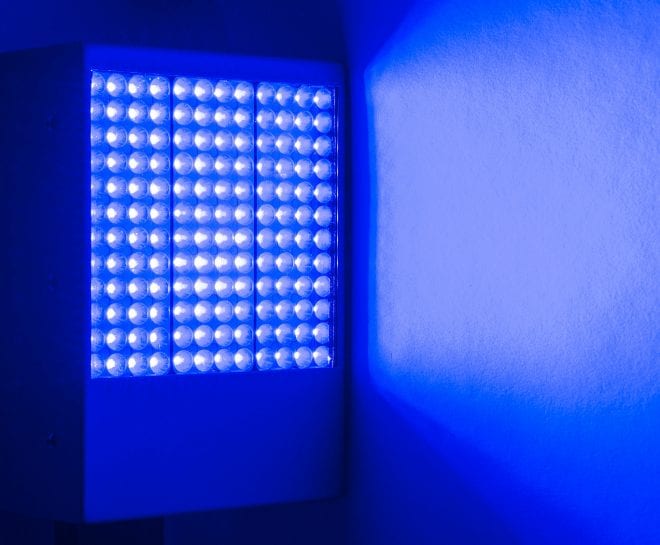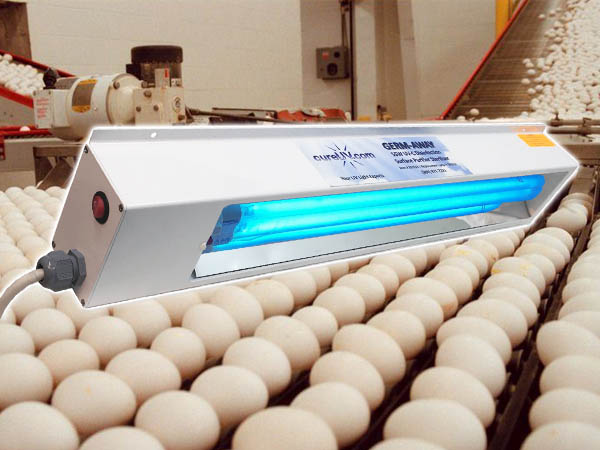Future-Proofing Your Area: Incorporating UV Surface Disinfection for Ongoing Security
Future-Proofing Your Area: Incorporating UV Surface Disinfection for Ongoing Security
Blog Article
UV Sanitation: The Cutting-Edge Modern Technology Transforming Sanitation Practices
In the realm of hygiene methods, one technology has actually emerged as a game-changer: UV disinfection. From medical care settings to food handling, UV disinfection is making its mark in numerous industries.
How UV Disinfection Functions
UV sanitation functions by utilizing ultraviolet light to ruin or inactivate microbes, supplying a highly reliable and chemical-free method of hygiene. This innovation takes advantage of the power of short-wavelength UV-C light, which can harming the DNA and RNA of bacteria, hence making them unable to reproduce and create damage.
The process starts with the setup of UV disinfection systems, which include UV lamps that send out UV-C light. These lights are purposefully put in areas where microbial contamination is a concern, such as water treatment plants, medical facilities, research laboratories, and food processing facilities.
When bacteria are exposed to UV-C light, the photons permeate their cell walls and get to the DNA and RNA inside. The high-energy UV-C photons interfere with the hereditary material by creating bonds between nearby nucleotides, bring about the formation of thymine dimers. These dimers avoid the microbes from reproducing, rendering them safe.
UV sanitation is extremely efficient against a vast variety of bacteria, consisting of infections, bacteria, and bloodsuckers. It is especially efficient against waterborne microorganisms like E. coli, Giardia, and Cryptosporidium. Additionally, UV sanitation is a chemical-free technique, getting rid of the requirement for potentially dangerous anti-bacterials and lowering the threat of unsafe sanitation spin-offs.
Advantages of UV Disinfection
UV disinfection provides numerous advantages in the field of cleanliness, making it a highly preferred method for effectively eliminating harmful microorganisms. One of the key advantages of UV sanitation is its capability to supply a chemical-free remedy. Unlike typical sanitation techniques that rely upon chemicals, UV sanitation utilizes ultraviolet light to destroy the DNA of microbes, rendering them incapable to replicate and cause infections. This not just eliminates the requirement for potentially harmful chemicals yet likewise reduces the danger of chemical residue on surface areas.

UV disinfection is also highly versatile in its applications. It can be made use of in different setups, including health centers, schools, food handling facilities, and water therapy plants. UV sanitation systems can be easily incorporated into existing sanitation practices, offering an additional layer of protection versus transmittable conditions.
In enhancement to its effectiveness and adaptability, UV disinfection is also environmentally pleasant. It does not generate any type of unsafe results or deposits, making it a sustainable and safe approach for cleanliness - uv surface disinfection. Additionally, UV disinfection requires marginal maintenance and has a long life-span, leading to expense savings in the future.
UV Disinfection in Medical Care Setups
In healthcare setups, UV disinfection has actually become a revolutionary technique for effectively removing harmful microbes. Making use of UV light to decontaminate surface areas and tools has actually gained popularity as a result of its capability to provide an added layer of protection versus virus. UV disinfection functions by releasing ultraviolet light at a specific wavelength that is deadly to germs, infections, and other microbes. This technology supplies a number of benefits in healthcare setups.
To start with, UV disinfection is a non-chemical method, making it an eco-friendly alternative contrasted to traditional disinfection techniques that commonly entail making use of harsh chemicals. Using UV light go gets rid of the requirement for chemical anti-bacterials, lowering the threat of harmful residue or chemical exposure to both people and healthcare workers.
Furthermore, UV disinfection is extremely efficient in killing a large range of microbes, consisting of drug-resistant microorganisms such as MRSA and C. difficile. It supplies a constant and reliable sanitation process, making sure that all surfaces and equipment are thoroughly disinfected, even in hard-to-reach locations.

UV Disinfection in Food Handling
The application of UV disinfection extends past health care settings and locates considerable value in the world of food processing. uv surface disinfection. UV disinfection modern technology is ending up being progressively popular in the food sector because of its ability to effectively remove unsafe microorganisms and enhance food safety and security
Among the main advantages of UV sanitation in food processing is its capability to target a wide variety of bacteria, consisting of molds, microorganisms, look these up and viruses. By making use of UV light at specific wavelengths, it is possible to disrupt the DNA and RNA of these virus, rendering them unable to recreate or cause harm. This technology can be put on various stages of the food handling chain, including surface disinfection, devices sterilization, and water treatment.
UV sanitation gives a non-thermal and chemical-free approach of sterilizing food products. Unlike conventional sanitation approaches that rely upon chemicals or warm, UV modern technology does not leave any kind of deposit or change the taste, appearance, or nutritional worth of the food. This makes it an optimal service for sectors that need strict adherence to quality criteria.
Additionally, UV disinfection systems are simple to set up and run, calling for minimal upkeep. They can be incorporated into existing handling lines without triggering significant disruptions to the manufacturing process. In addition, UV systems have a quick therapy time, permitting continual processing and lowering downtime.
The Future of UV Disinfection

One area where UV disinfection is anticipated to make substantial advancements is in the field of health care. With the surge of antibiotic-resistant bacteria and the requirement for more efficient sanitation approaches, UV light has the potential to play a crucial role in minimizing healthcare-associated infections. UV sanitation systems can be used to sanitize surface areas, tools, and also the air in medical care centers, helping to stop the spread of hazardous pathogens and improve person safety and security.
An additional sector that might benefit from developments in UV disinfection technology is the food industry. UV light has actually currently verified to be a reliable technique for sanitizing over at this website food and minimizing the danger of foodborne diseases. As technology improves, we can anticipate to see a lot more economical and effective UV disinfection systems being carried out in food processing plants, making sure that the food we eat is secure and devoid of dangerous germs.
Conclusion
To conclude, UV disinfection is an advanced technology that is changing sanitation methods in health care setups and food processing. By utilizing UV light to eliminate or shut off microbes, it uses numerous advantages such as effectiveness, performance, and security. With ongoing innovations in this field, UV sanitation holds fantastic possible for the future of sanitation, offering a lasting and reputable solution for preserving tidy and sanitary environments.
UV disinfection is a chemical-free approach, eliminating the need for possibly harmful disinfectants and reducing the danger of harmful disinfection spin-offs.
Unlike standard sanitation approaches that rely on chemicals, UV disinfection uses ultraviolet light to ruin the DNA of bacteria, providing them incapable to duplicate and cause infections. Unlike standard disinfection approaches that rely on chemicals or warmth, UV modern technology does not leave any type of deposit or change the preference, structure, or dietary worth of the food. As innovation enhances, we can anticipate to see extra reliable and cost-effective UV disinfection systems being implemented in food processing plants, guaranteeing that the food we take in is risk-free and totally free from unsafe microorganisms.
In verdict, UV sanitation is a cutting-edge technology that is transforming hygiene techniques in healthcare setups and food handling.
Report this page